I often wonder how safe the pilots are that I meet. And I hear so many stories that just send chills up my spine or make me want to cover my ears and walk away. Some call it “Hot Dogging” and some call it just having “Fun”. I call it just plain dumb.
I know we all just love flying our helicopters around and rejoice at the freedom of vertical (and horizontal) flight. I often have students ask me “don’t you get tired of doing this all day?” My response is “No, because I love flying”.
However, this love of flight is always in check because my “personal safety meter” is switched on way before the rotors are even turning. Good judgment and safe flying is what keeps pilots off the five-o’clock news.
EDITOR: This may sound harsh and close-minded, but poor decisions DO lead to failure, smart decisions DO lead to success – and then there is plain bad-luck. But given a choice, which side of “bad luck” would you rather be?
Take for example, a licensed pilot decides to skim low along a beach in an approved low-fly area – just once. It gives you a buzz, an adrenaline rush maybe? Then consider this pilot only has his PPL and now “Low Flying Endorsement” such a a heli-muster pilot would have.
Why is this point important? Different winds, air pressures, updrafts, downdrafts, debris, manifold pressures, reserve power, collision avoidance, low obstacles, more birds etc, etc, etc. Hopefully you get the point now that it only takes one minor thing to make a good day – a bad day.
Personal Pre-Flight:
Along with good Aeronautical Decision Making (ADM) I first give myself a personal check using the acronym IMSAFE.
This stands for,
-
I – do I have any Illness? (Cold, flu, etc.)
-
M – Am I under the influence of any Medication? (Either prescription or non-prescription),
-
S – how is my Stress level? (Did someone or something tick me off today),
-
A – have I had any Alcohol? (1 beer, 2 beers…),
-
F – how Fatigued am I? (Did I get a good night sleep), and finally
-
E – how are my Emotions today? (Am I constantly thinking about that next check ride?).
Let me list just a few questions that will let you be the judge of how you operate and maintain your helicopter.
Pre-Flight, Walk Around, Startup and Shutdown Checklists:
The thoroughness of how you follow your checklists is a good indication of how you fly. I am sure all of you are doing a “complete” pre-flight inspection before you go flying, right?
-
Are you removing all the necessary inspection panels before each flight?
-
Have you completed a Weight & Balance for taking up your 10 year old nephew?
-
Have you reviewed the current and forecasted weather?
-
Is that ballast weight (if equipped) in the correct location?
-
Did you check freedom of travel for all the controls?
These are only a few of the several things one needs to do before going to fly. This complex machine is not a car we just jump into, turn the key and drive off. I can’t say enough about following your checklists — just do it!!!
Takeoffs, Cruise and Landings:
How you fly departures, cruise and arrivals is a clear indicator of how safe you are. If you are flying solo and taking off over trees or power lines, no one may care.
However, when your spouse or best friend is with you and the road next to the power lines has a loaded school bus passing by…poor judgment in my opinion.
-
Does your departure offer a clear un-obstructed route to allow for safe autorotation or running landing?
-
Is your idea of a “Maximum Performance Takeoff” full collective and full forward cyclic?
-
Do you like to fly fast and low for the excitement with no chance of a safe and survivable autorotation?
Those shaded areas in the Height Velocity curve were developed for a reason you know!!!
-
When you fly cross-country, do you fly over forests, lakes or rivers or do you follow roads and stay within autorotational range of open fields?
-
Do you only use the fuel gauge for fuel burn or do you also use your watch?
-
Does that landing approach provide autorotating or running landing opportunities?
-
Is that approach going to be into the wind and without any flair at the end?
These are the kinds of questions we must ask ourselves all the time while we fly. We are granted the privilege of flying the helicopter by complying with certain rules and regulations. A few bad apples (poor pilots) could spoil our fun and livelihood.
Maintenance and Cleaning:
How well we maintain our helicopter is a direct reflection, usually, of how safe we fly. An example is some of the engines I’ve seen come in for overhaul while working for RWI – (Rotorway International). Some were caked in oil, sand and dirt. I only wonder what the rest of the helicopter looked like.
If that old Buick dies while on the way to the grocery store we simply pull over and get it fixed. If we skip cleaning that fuel strainer screen at the 100-hour inspection we may be getting to do an auto for real. I can just see the article in the newspaper, “helicopter pilot crashes due to fuel starvation.”
When in reality it was just a neglected fuel strainer. All I can say about maintenance is you must be religious about all the scheduled AND unscheduled service. So keep the inside of your helicopter as clean the outside so you can detect any early signs of something leaking or cracking.
Editor’s Note: Are you building a ship? Consider painting the frame a light color, such as gray. If a weld crack appears, you will be able to see it on your pre-flight inspection.
With a dark color, cracks easily go unnoticed. I hope this article has helped you take a step back and motivates you to re-evaluate your own “personal safety meter”.
You will demonstrate to anyone flying with you that you not only care about them, but you care about everyone on the ground too. If you have any questions or comments regarding these or any other maneuvers, please do not hesitate to call or e-mail me. Always fly safe and smart.
EDITOR: I’m pretty sure I remember how to put on a life jacket, but just to be sure, those flight attendants remind me every time I fly……and I am truly grateful for this, just in case!
Regards. Bill Orth, CFII-RH Chandler Helicopter Service, LLC (skid shoe supplier) Former RotorWay Chief Pilot 881 West Oriole Way Chandler, AZ 85286 480-792-6907 home, 480-620-1614 cell wcorth@cox.net
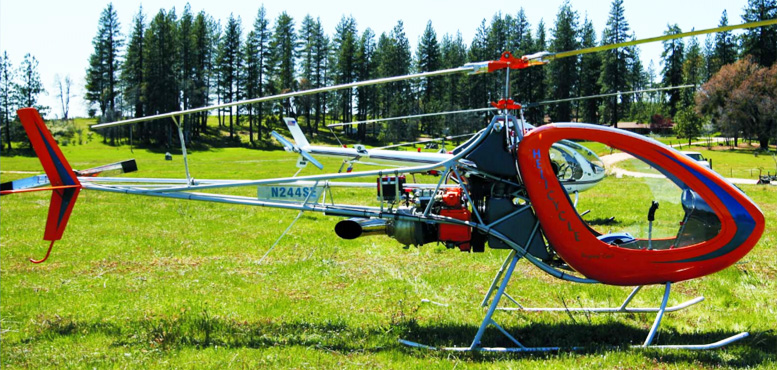
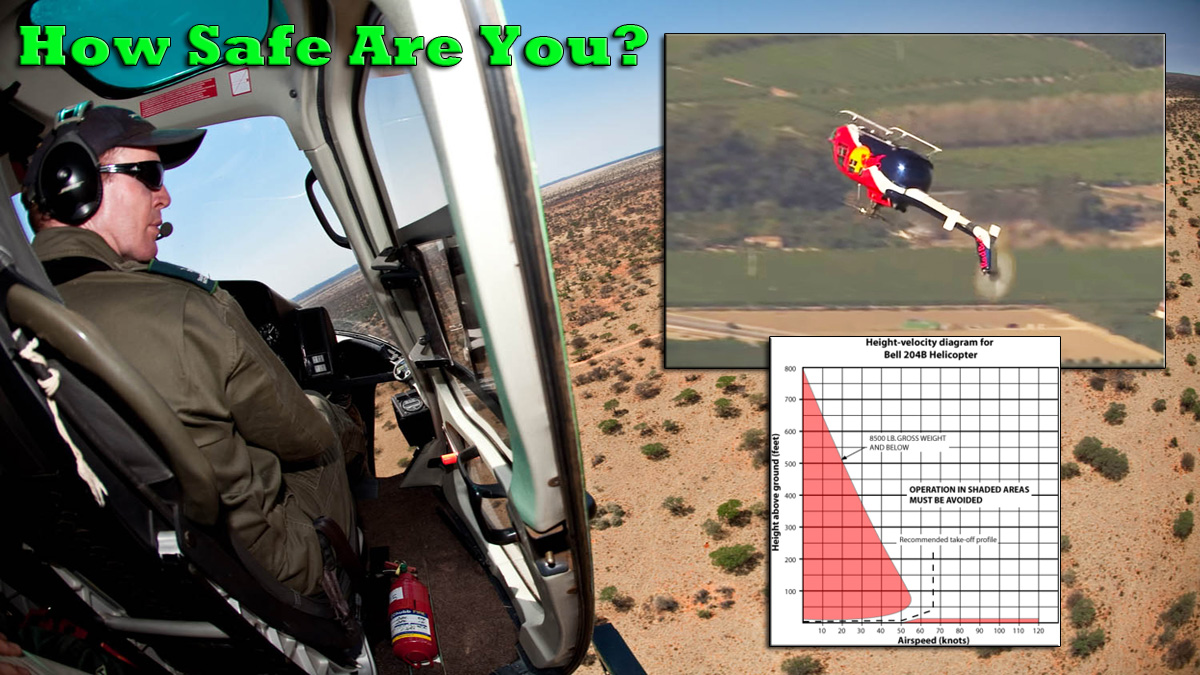

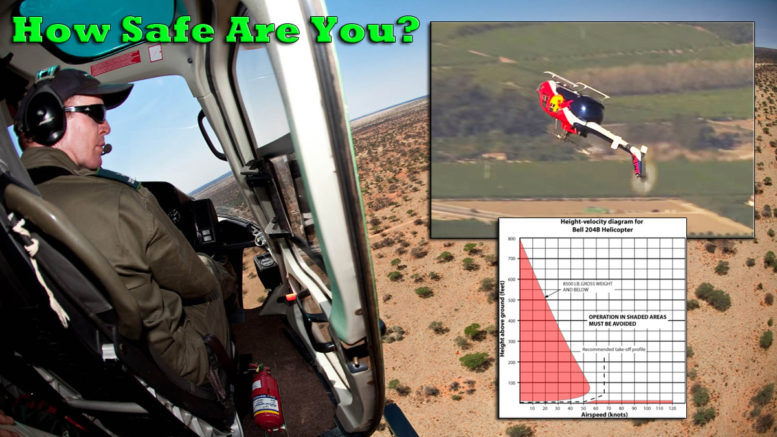
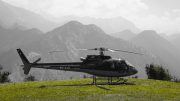
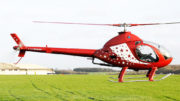
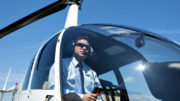
Be the first to comment on "How Safe A Pilot Are You, Really???"